Lhasa Apso
The Lhasa Apso dogs have Tibetan origins, where they were praised as great watchdogs. Their first job was to guard monasteries in high Tibetan plains and mountainous regions. Today they are mostly kept as pets but their protective instinct remains and they will protect and alert their family of anyone approaching their perimeter.
These dogs are incredibly brave and have huge hearts. It is said that these dogs have the personality and confidence of much larger dogs than themselves.
FUN FACT: Lhasa Apso is an ancient breed that is at least 3.000 years old.

Height:
10-11 in (25-28 cm)

Weight:
12-18 lb (5-8 kg)

Origin:
Tibet (China)

Life Expectancy:
12-14 years
Dog Breed Characteristics
The Lhasa Apso is required to have dark brownish eyes and a black nose. The only exception is liver-colored dogs that are allowed to have a brown nose. These dogs should be well-balanced with a heavy and sturdy coat.
This is an ancient dog breed, and the first Western club was founded in Great Britain in 1933. As the breeding clubs started to form, they put in place a standard for these dogs and the work these clubs did lay the groundwork for the standards we will focus on.
FUN FACT: The oldest Lhasa Apso lived to be a staggering 29 years old.
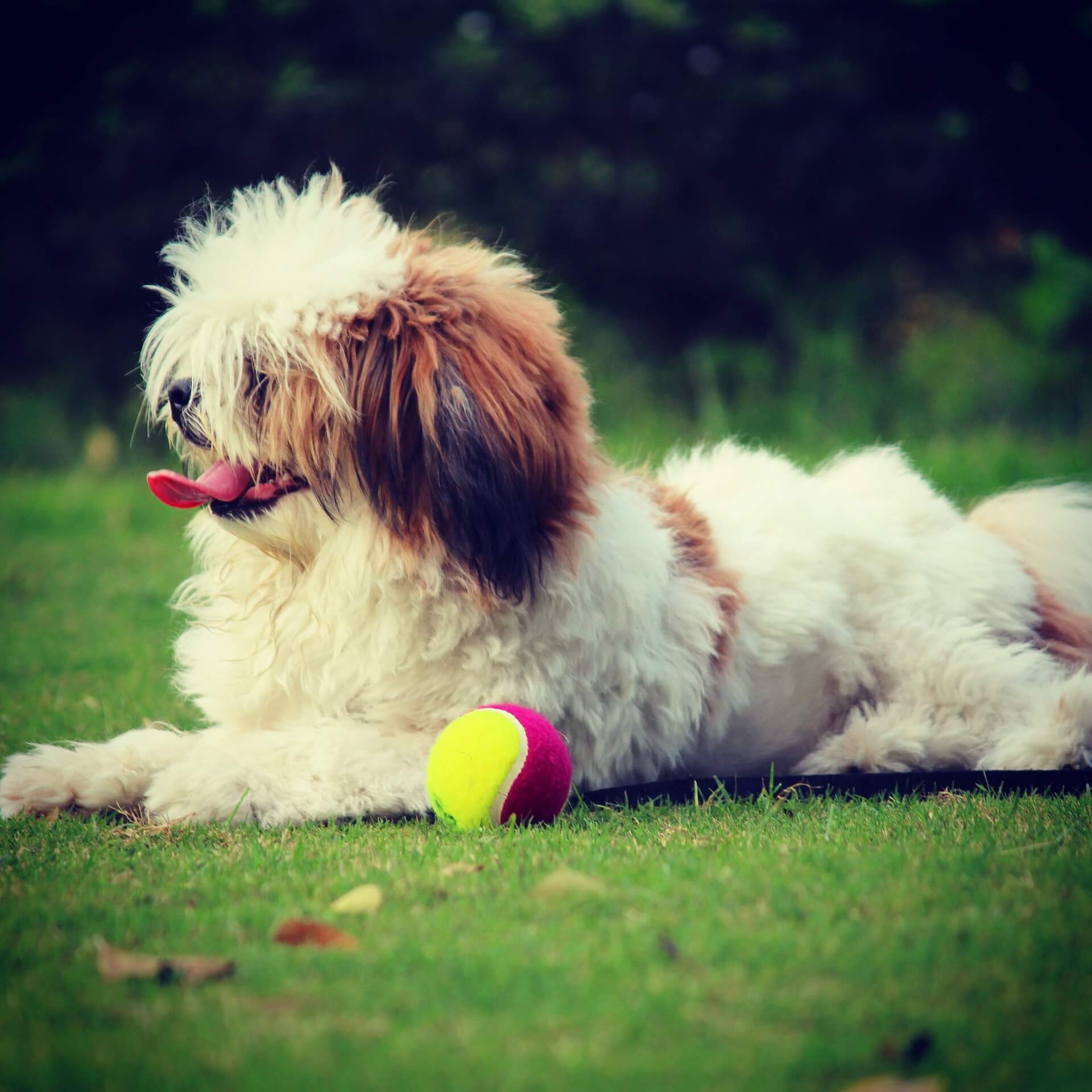
Coat and Colors
One of the most important traits these dogs have is their coat. As the AKC standard mentioned, these dogs developed thick, long, and double coat that helps insulate them from the harsh climate and rough terrain of their native land of Tibet. Their coat is dense and straight, and it makes them look extremely beautiful and charming.
However, keeping such a luscious coat healthy and good-looking requires time and a lot of care. For their coat to remain untangled and free of mats, regular brushing (even daily) is advised. They should be bathed regularly as well, every two to four weeks.
When using shampoos and conditioners, make sure that you use products that are specially made for dogs. These products do not contain chemicals that human shampoos and conditioners have. Therefore, they will not harm your dog in any way. If your dog's hair gets tangled, a good tip is to try and comb the mats while their coat is wet.
Taking proper care of Lhasas coat can be a handful so some owners decide to go with professional care. It is always a good idea to hire professional groomers that possess the knowledge and tools to make your dog look its best and keep their coat healthy.
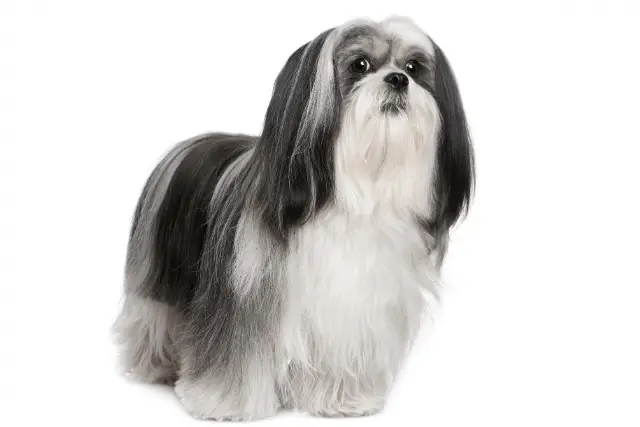
The coat of Lhasa Apso can come in a variety of colors, and the colors that are allowed by the standard are golden, dark grizzle, slate, sandy, parti-color, black, honey, smoke, white, or brownish. All these colors can come in different shades, and all are equally accepted in the show ring. The wide range of colors is also one of the traits that makes these dogs special.
Care
Taking care of the coat of these dogs can be demanding, and sometimes owners decide to cut the hair of their dogs so they do not have that much work.
Taking care of the coat is not the only thing you should take care of. The complete grooming and care of these dogs include checking their ears, nails, skin, and teeth.
Brush their teeth at least a couple of times a week to take care of the tartar buildup and prevent any possible infections or diseases. It would be best if you could brush your dog’s teeth every day but most of the dogs are not too fond of that activity. Keep in mind to use special toothbrushes and toothpaste that do not contain any harmful chemicals.
Their nails should be trimmed at least once a month if your dog does not wear them out naturally. A good indication their nails are too long is if you can hear them clicking or scraping on the floor while they walk. You should be careful not to cut their nails too short cause that can damage them.
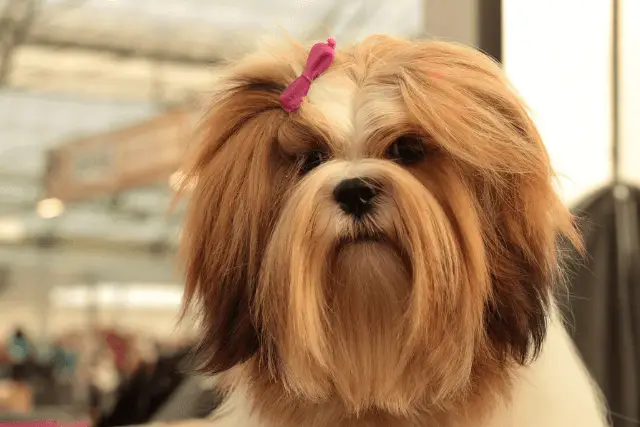
If you are unsure of how to cut your dog’s nails, ask a professional groomer for help. They possess the knowledge and tools to fulfill these tasks successfully and without harming your dog.
Check their ears regularly for any signs of discoloration or infections. Ensure you do not insert anything in your dog's ear canal and clean only the outer part of the ear.
A good idea is to start getting your dog used to grooming sessions as soon as possible. Make grooming a fun activity where you will give your dog a lot of treats. That way your dog will memorize it as a fun experience and will learn to behave later in life in situations that can potentially be problematic. Touch their paws as early as possible. Lhasa Apsos do not like to get their paws touched and this way they will get used to this sort of examination.
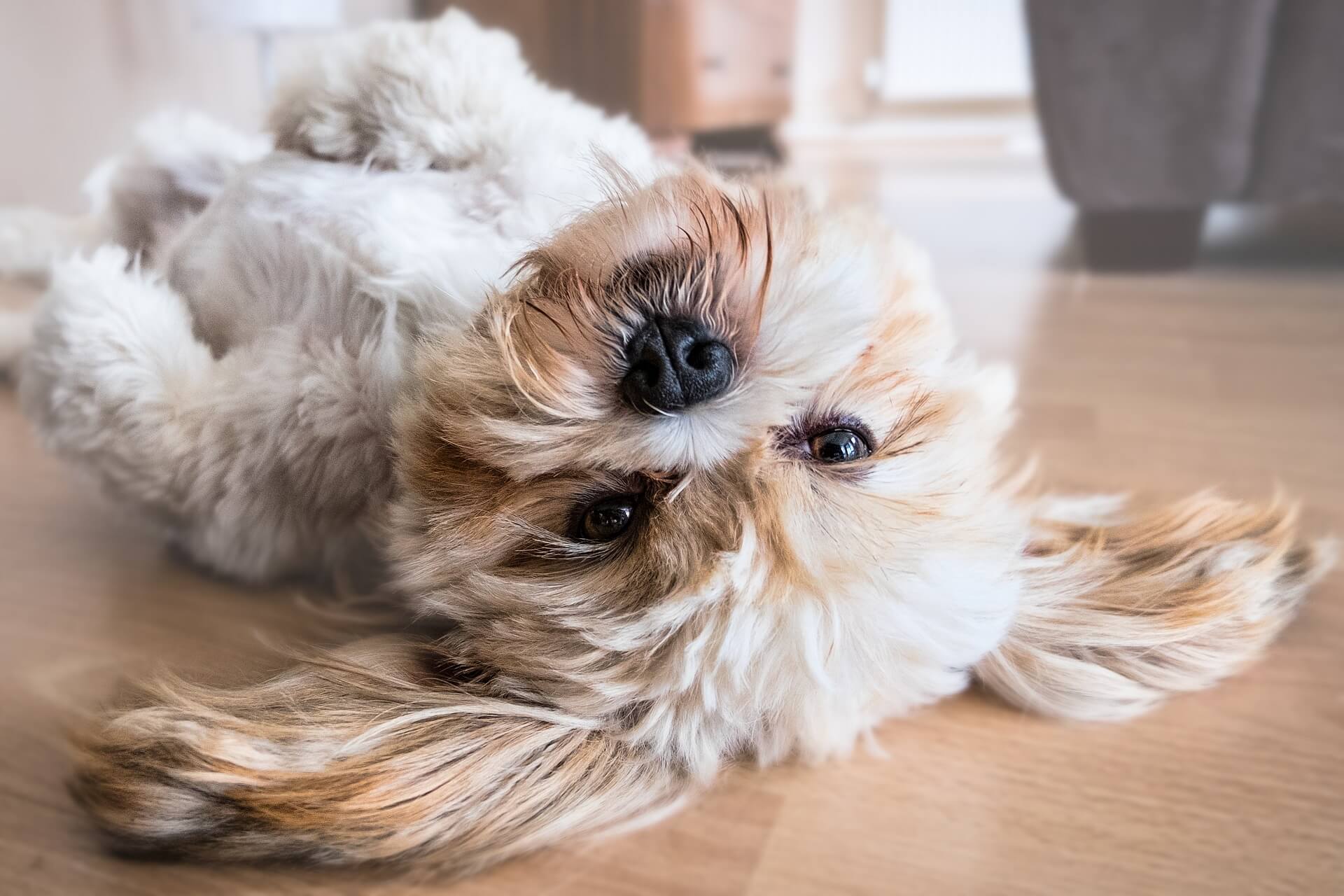
Lhasa Apso behavior
These dogs have a special and unique character. They are playful and happy dogs that have a healthy dose of self-importance. They can be quite independent, and as their original name suggests, they are fiercely loyal and dedicated to guarding their family home.
They remain playful well in old age and even take a bit longer to mature. They have been described as being puppy-like well in their adult age.
They have been bred for a specific purpose, and that trait remains with them to this day. They will protect and notice their family about anyone who might be approaching their territory. They will announce every guest by barking. They are naturally distrustful towards people they don’t know, and they will remain like that until they decide that a person is not a threat.
Despite being independent, these dogs are pets and family members. They are energetic but are best suited for indoor living. As we already mentioned, they are good watchdogs, but more than that, they are companions and, above all, love to be included in all family activities. They will most likely follow family members wherever they go.
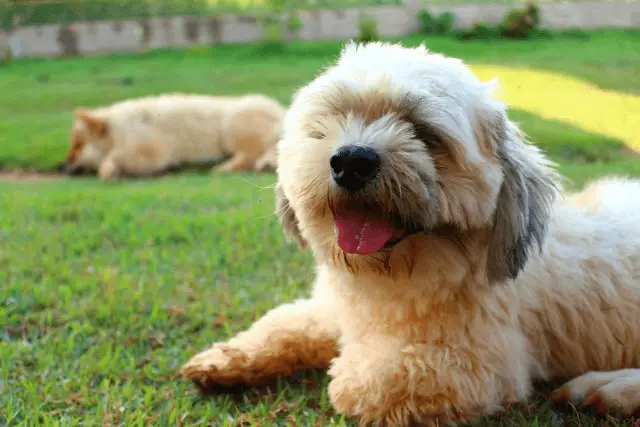
Their independent nature allows them to stay at home alone for some normal periods.
Training and socialization
These dogs are dominant by nature. They might be smaller in size, but they act like they are a lot bigger and more intimidating. If Lhasas are not properly trained and socialized, just like any other dog breed, they can develop behavioral problems in the future.
The training must be interesting and short. They can get distracted fast, so you can increase the distractions as the training develops. Lhasas owner should be consistent, strong, and firm but at the same time kind and never use harsh training methods. You will achieve the best results with your dog by using a lot of praise and treats in your training sessions.
A good idea is to enroll your dog in puppy training classes as soon as they are old enough.
Socialization is a must for any naturally dominant dog breed, even if they are as small as a Lhasa Apso. Expose your dog to different sights, sounds, dogs, people, and situations so they will learn the right way to react to them and adapt to any situation they might find themselves in the future.
FUN FACT: Many celebrities owned Lhasas, including Gwen Stefani, Ellen Degeneres, Elizabeth Taylor, Liberace, Kurt Vonnegut, and Jane Lynch.
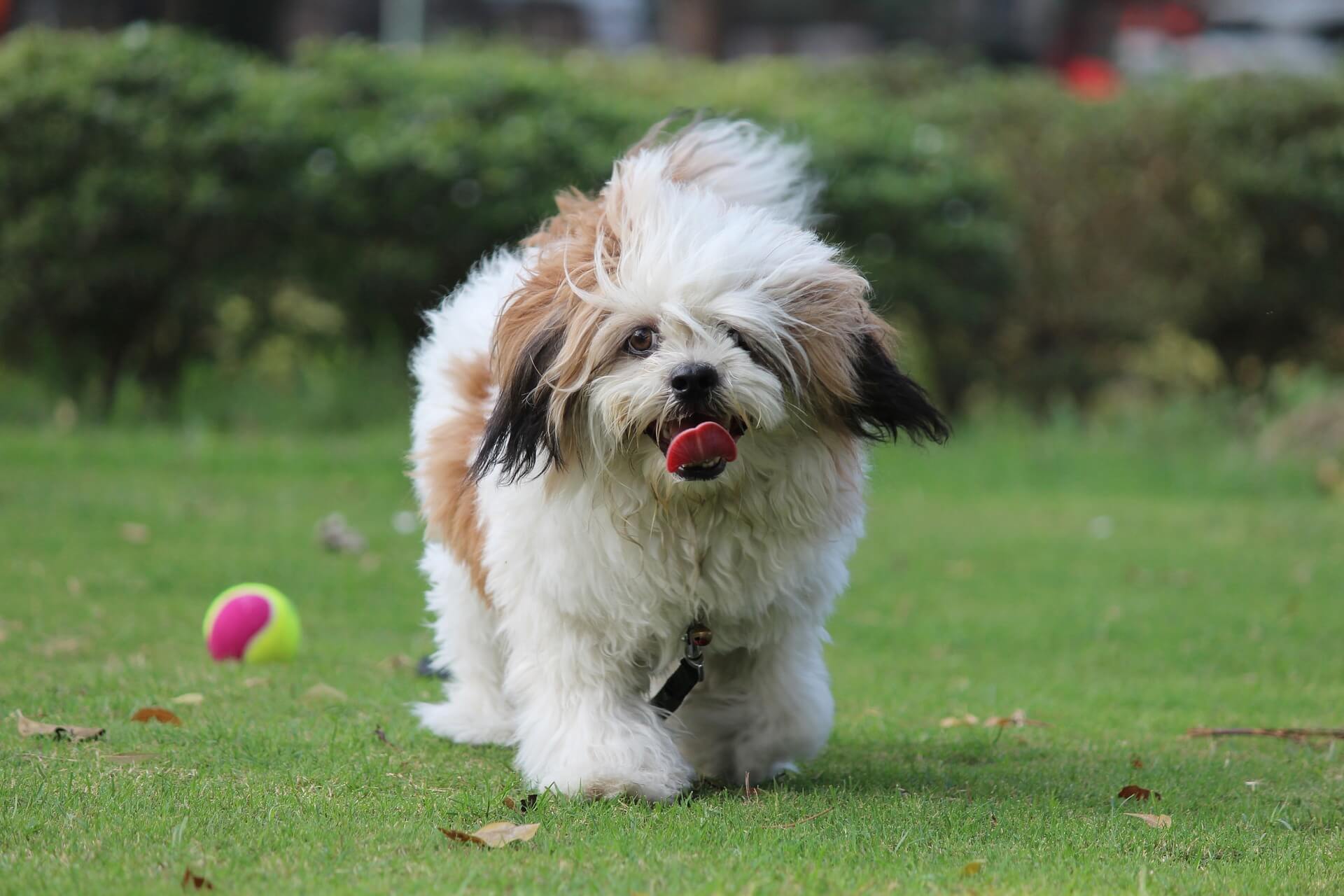
Health issues
Even though these dogs are generally healthy, there are some potential issues that new Lhasa owners should be aware of. If you know these problems, you can react to them promptly and prevent the worst-case scenario.
Some of these issues are
- cherry eye,
- allergies,
- Sebaceous Adenitis (SA-sebaceous glands can become infected for unknown reasons and eventually get destroyed),
- patellar luxation,
- keratoconjunctivitis sicca,
- familial inherited renal dysplasia,
- progressive retinal atrophy (PRA).
It does not mean that your dog will get any of these conditions. It is just a good thing to know that these problems exist.
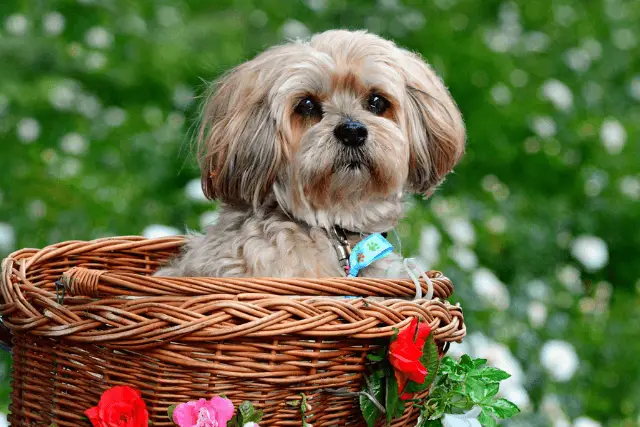
Lhasa Apso breeders
This is a popular dog breed, and if you decide to get one, make sure that you find a reputable and respectable breeder. Before you search for a Lhasa Apso breeder, make sure that this is a breed that fits your lifestyle.
A reputable breeder takes good care of their dogs and will show you all the health certificates of their breeding dogs. Always try to see both of the puppy’s parents and see the environment the puppies are being raised in.
World Dog Finder team

Updated at31.08.2023.
Breed History
As we already mentioned, these dogs are originally from Tibet. They were named after a sacred Tibetan city called Lhasa. Since their beginnings, monks and noble Tibetans have held and bred these dogs. The first name they were given in their original language is the “Abso Seng Kye,” and that translates directly to “Bark Lion Guard Dog”.
The history of this breed begins around 800. B.C. Owning a Lhasa Apso was considered good luck as these dogs were sacred and lived nearly exclusively in monasteries. Getting or buying one at that time was practically impossible. These dogs were also very protected and cared about. Only the Dalai Lama was allowed to give this dog as a gift to foreigners. It was forbidden for these dogs to leave the country.
There is a long history between the Chinese imperial family and these dogs since they were given to the imperial family by the Dalai Lama over 300 years. These dogs were sent to China at the start of the Manchu Dynasty in 1583. and were always given in pairs. It was believed that these dogs bring prosperity and luck, and there was a long-standing belief that when the Lhasas owner dies, the owner's spirit enters the dog. This tradition of gifting dogs lasted until 1908.
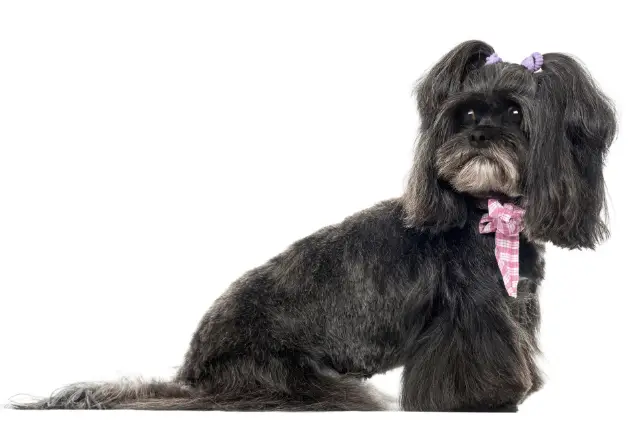
The first Lhasas that came to the United States had a similar story. They were given to Mr. Suydam Cutting by the 13th Dalai Lama in 1933. Mr. Cutting had a large farm in New Jersey, and after receiving the Dalai Lamas gift, he became a breeder of this dog breed.
FUN FACT: These dogs are a big part of the Buddhist religion. They believe that people often reincarnate as these dogs.
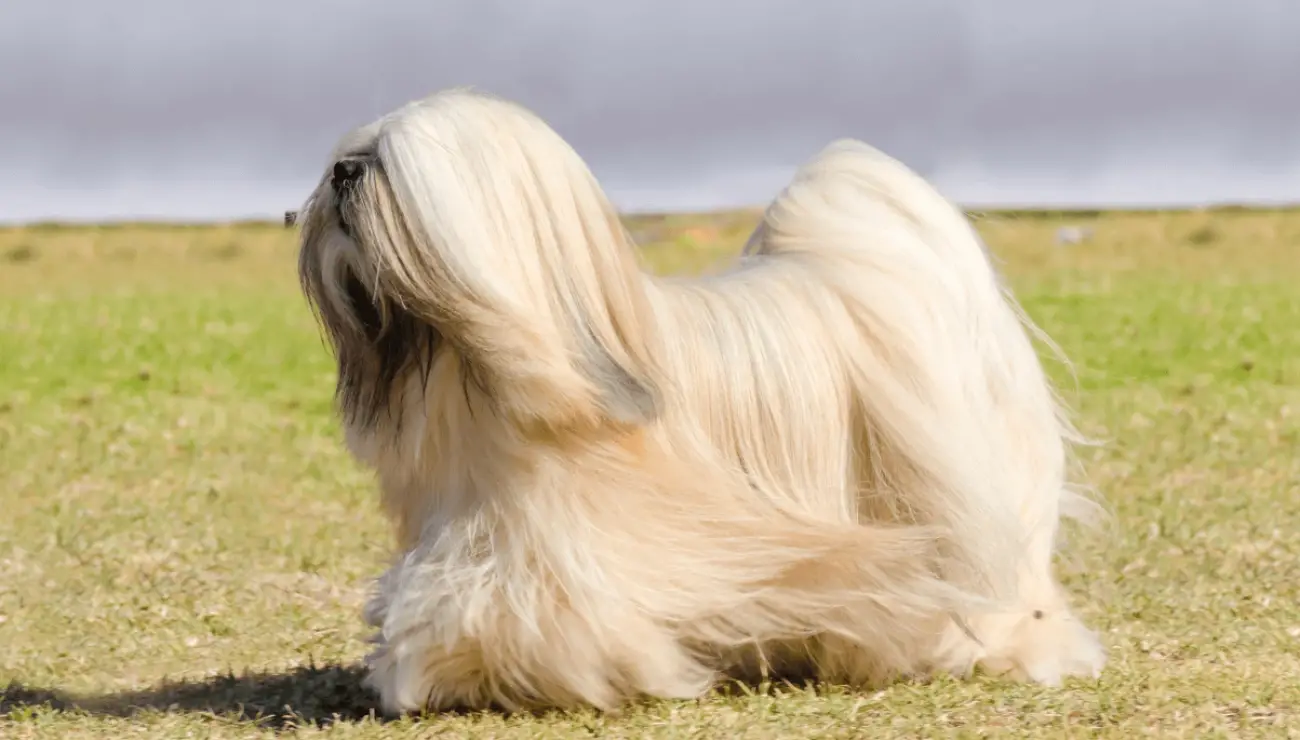
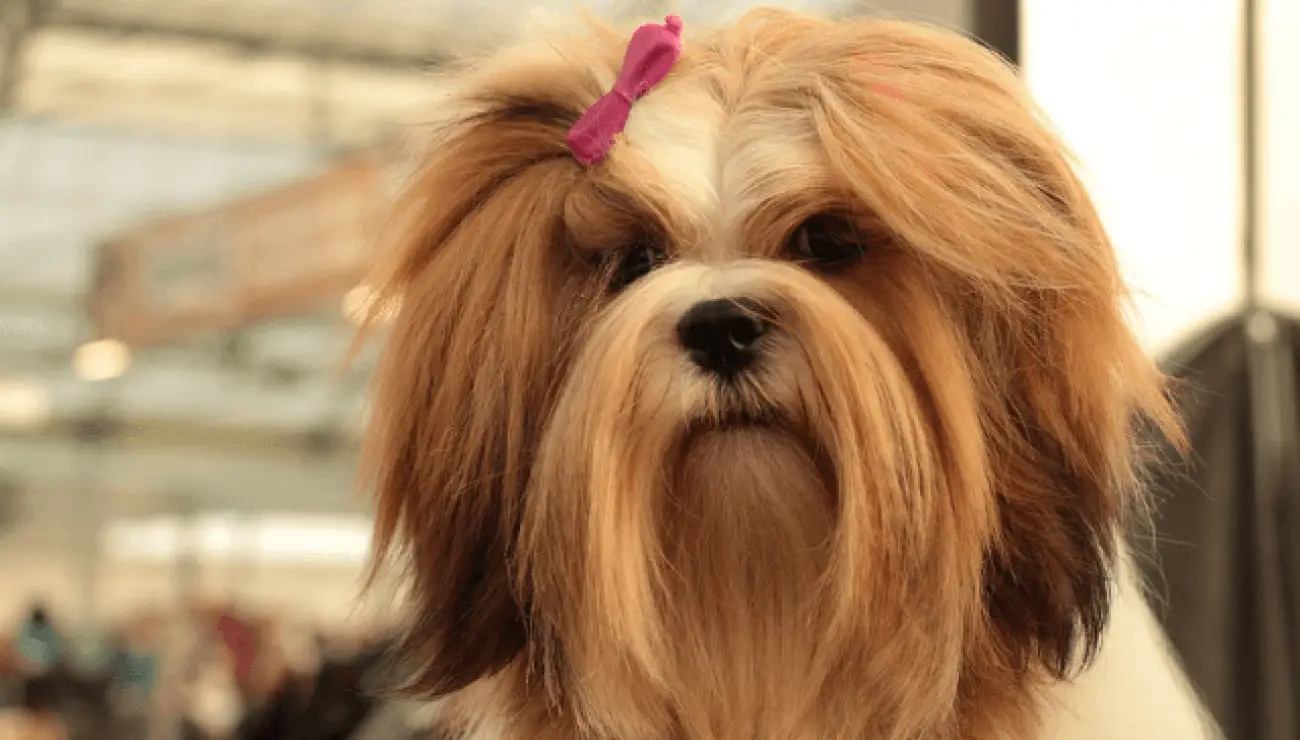
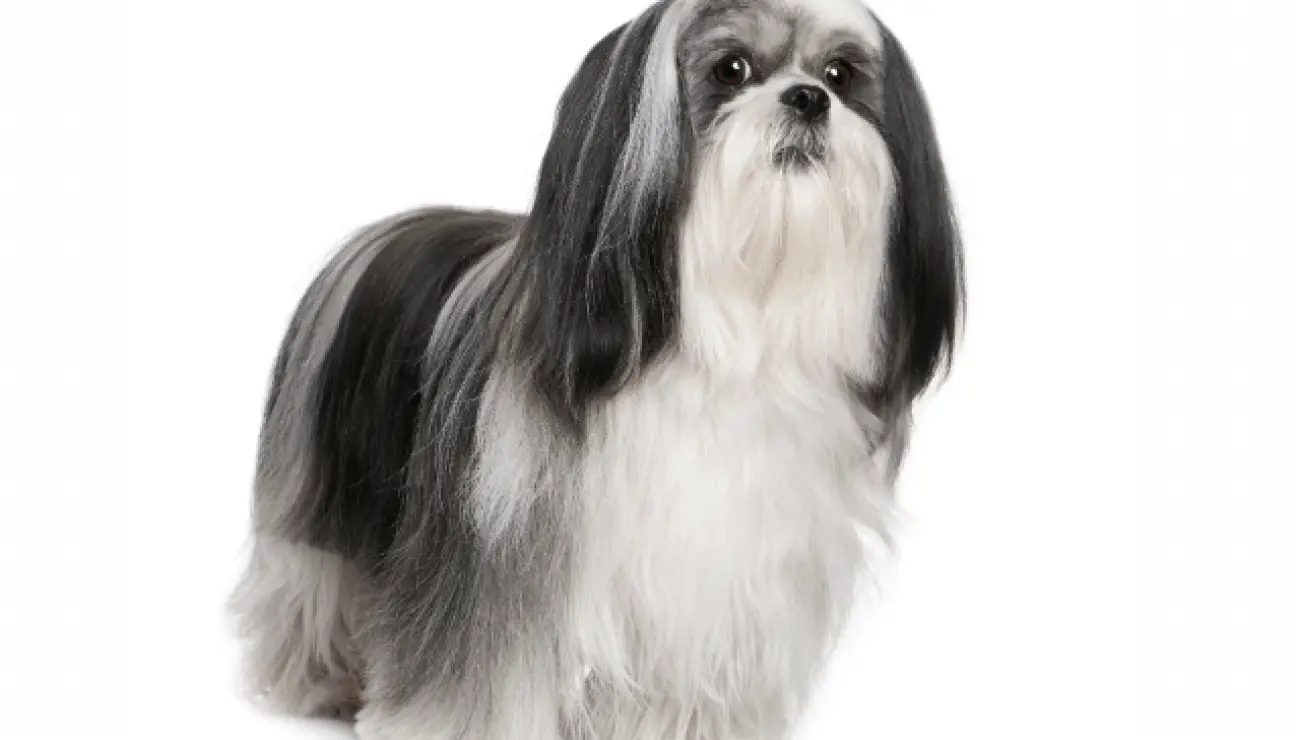
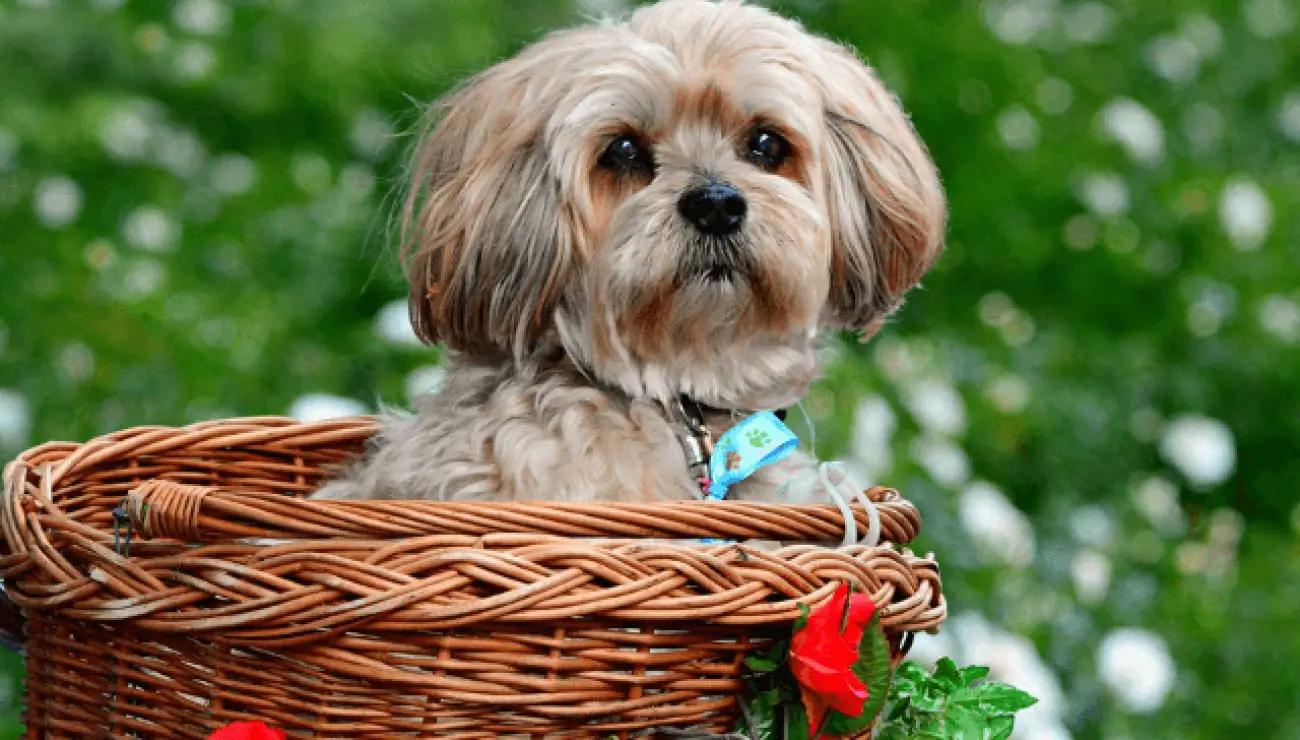
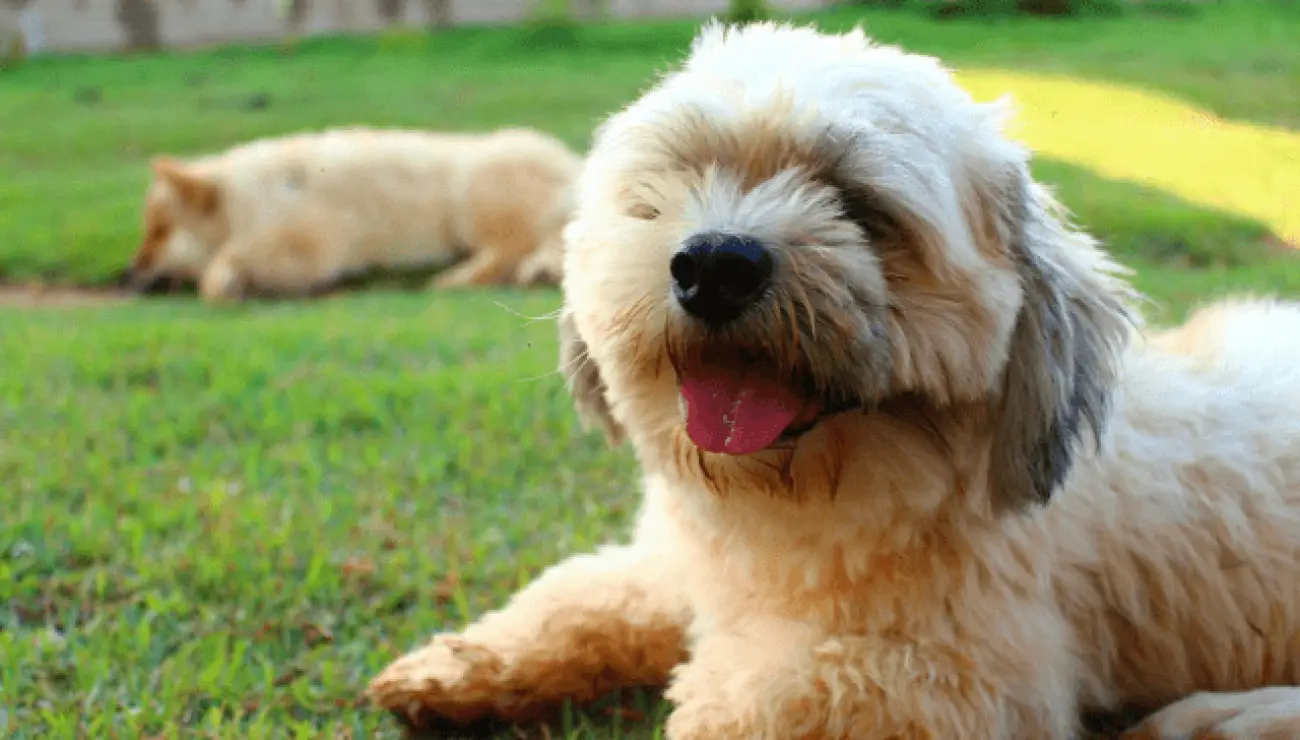
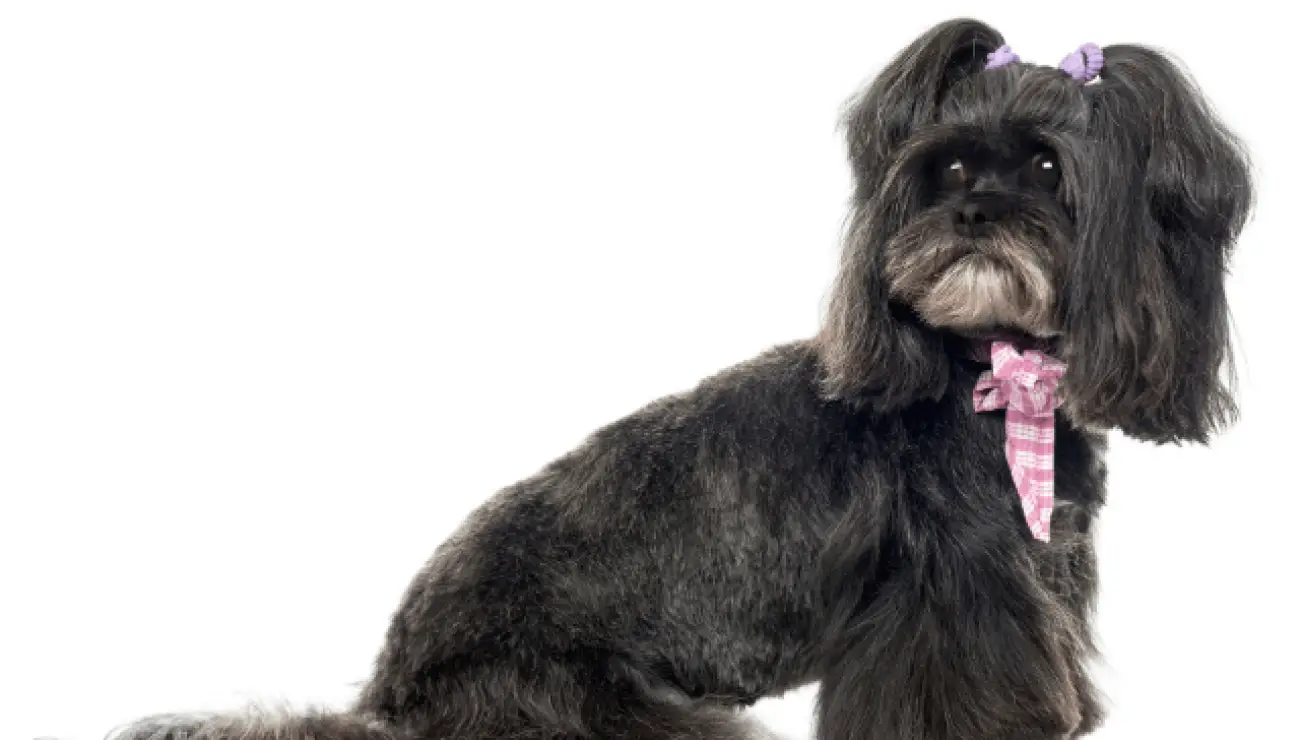
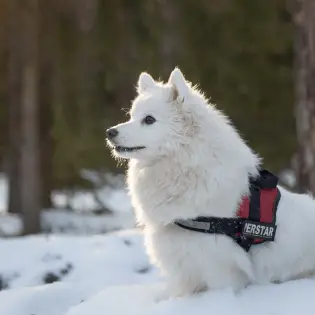
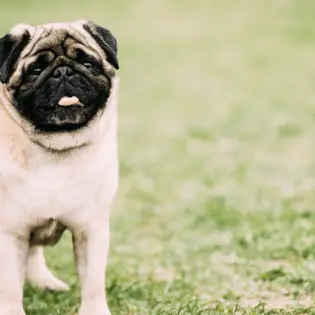
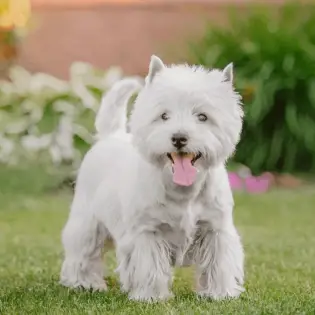
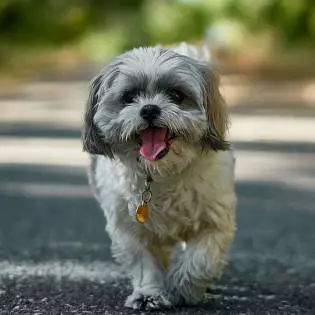
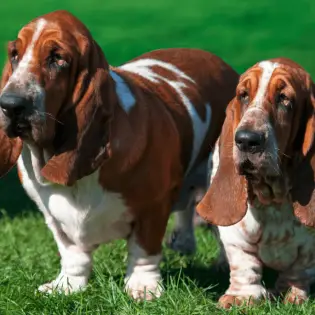
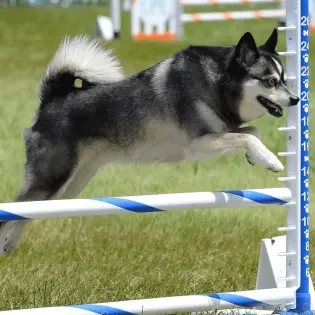
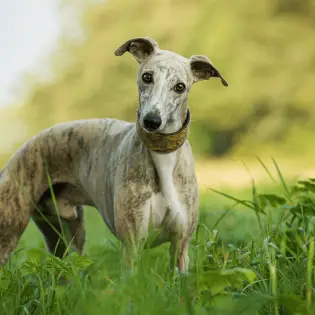

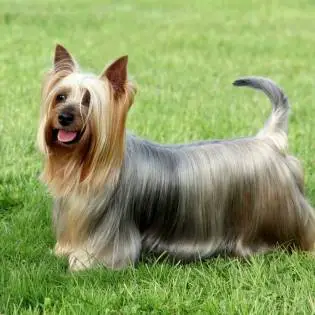
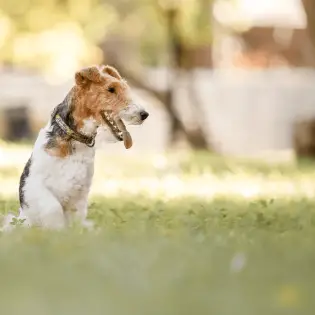

Share